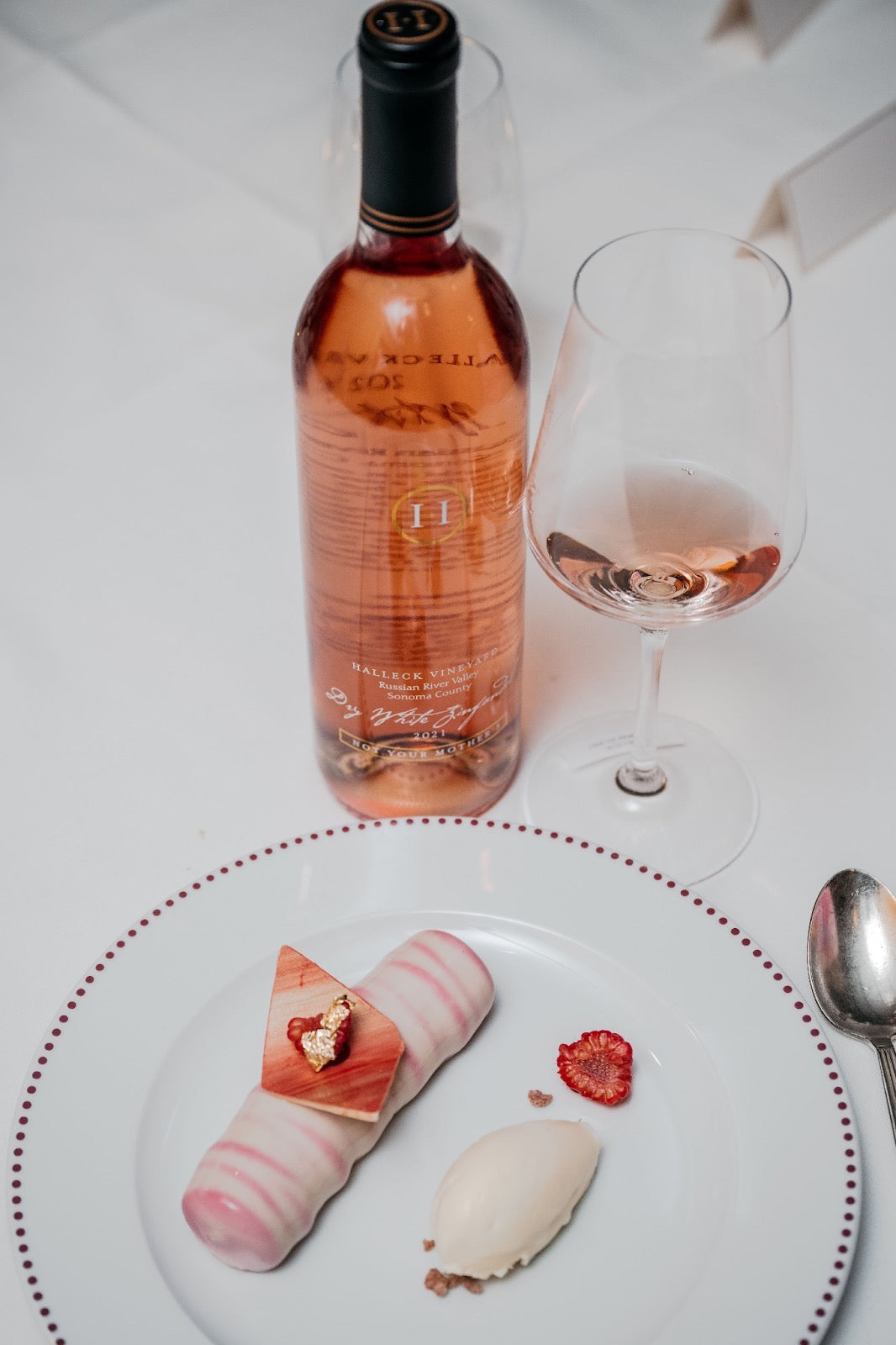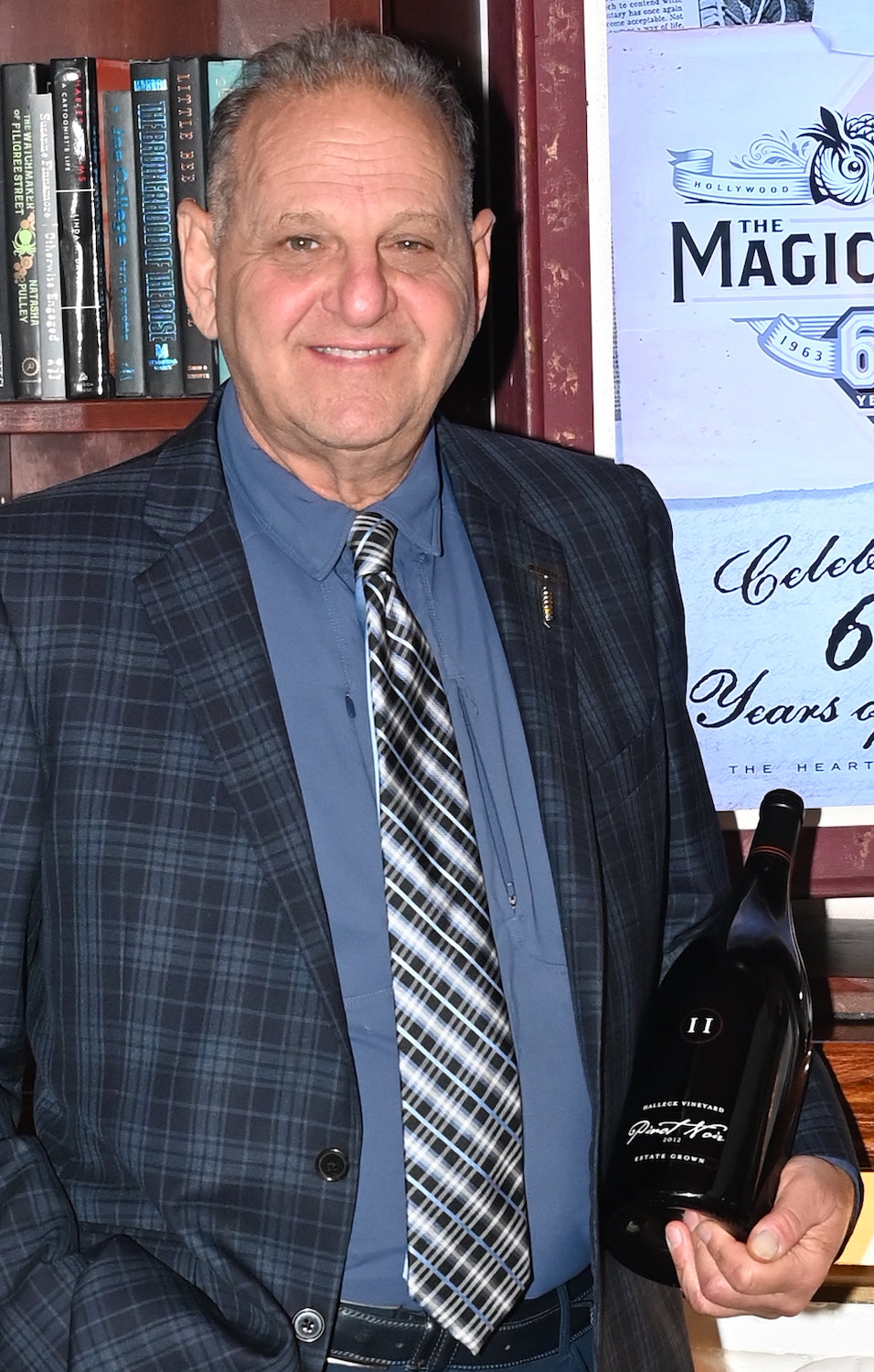Wineries Featuring Vineyard Tours - Enjoying Wine Tastings And Vineyards Near Sebastopol
Wine tasting is an art that mixes sensory experience with an appreciation for the nuances of different varietals. How to gauge flavors in winery wine tasting periods is pivotal to greedy the complexities of wine.
Participating in a wine tasting includes more than simply sipping and savoring. It requires a targeted approach to identify aromas and flavors that every wine presents. As you begin, observe the wine's appearance, noting its color and clarity. These visual cues often counsel a wine’s age, grape variety, and even potential flavor profiles.
The next step in the tasting course of is to swirl the wine in your glass. This action releases fragrant compounds which are very important for evaluation. Lean in and take a second to inhale deeply; the aromas can vary from floral and fruity to spicy and earthy. The nostril of the wine is just as important because the palate, and recognizing scents performs a major role in understanding the general experience.
When taking your first sip, enable the wine to maneuver throughout your palate - Wineries With Outdoor Seating. Discover the preliminary flavors that present themselves. Is the wine fruity, floral, or perhaps herbaceous? This preliminary style provides perception into what the wine is more likely to specific as you proceed to evaluate it. The mouthfeel also contributes to the overall flavor experience; it can be silky, tannic, and even effervescent.
Wineries In Green Valley - Sebastopol's Vibrant Wine Scene
As you proceed tasting, take note of the wine’s steadiness. A well-balanced wine will harmonize acidity, sweetness, and tannins. If one part overwhelms the others, it would point out a much less fascinating high quality. Evaluating stability might help you determine how properly the wine may pair with food.
Transitioning to the end, contemplate how the flavors evolve because the wine lingers in your palate. A long, pleasant end can point out a high-quality wine, while a short or abrupt finish might counsel otherwise. Reflect on whether the flavors stay constant or if new notes emerge because the wine settles. This progression can reveal complexities and intricacies which may not have been obvious in the initial tasting.
Temperature can also be an important consider evaluating wine flavors. Totally Different forms of wine are optimally enjoyed at specific temperatures. White wines often shine when chilled, whereas red wines usually perform greatest at room temperature. When tasting, ensure the wine is at the appropriate temperature to fully respect its character.
Wineries Ideal For Large Groups - Wine Tasting Experiences In Sonoma Valley
Pairing food with wine can tremendously improve the tasting experience. Foods can influence the perception of flavors in wine, both highlighting sure traits or diminishing them. When evaluating flavors, consider how the wine interacts with totally different foods, noticing which flavors are amplified or muted (Wineries Featuring Seasonal Wine Events In Sonoma).
Think About the influence of terroir as you have interaction in a winery tasting. Terroir encompasses the distinctive environmental factors that affect grape growing, together with soil composition, local weather, and geography. Understanding a wine's terroir can present perception into its flavors and aromas, fostering a deeper appreciation for the choices made during its cultivation and manufacturing.
Schooling plays a fundamental function in enhancing one's ability to evaluate wine flavors. Learning about grape varieties, wine regions, and production methods can pave the greatest way for more informed judgments throughout tastings. Moreover, attending workshops or classes can refine sensory skills and increase your flavor vocabulary, enabling you to articulate tasting notes more successfully.

Finally, it's important to remember that evaluating wine flavors is a highly personal experience. Individual preferences and perceptions will invariably form one’s tasting journey. Enjoyment should be on the forefront, with the evaluation process acting as a device to boost understanding and appreciation quite than create inflexible tips.
Wine Tasting Trails In Sonoma Valley - Sonoma County Wine Tasting Locations
In conclusion, mastering how to consider flavors in winery wine tasting periods involves a combination of sensory engagement, continue reading this information, and practice. By studying to determine aromas, assess the balance, and recognize the intricacies of flavor, wine enthusiasts can deepen their connection to each bottle they encounter. As with any art form, the extra one immerses themselves within the experience, the more they'll discover and benefit from the huge world of wine.
- Start by observing the wine's shade and readability, as these visible components can trace at its flavor profile and aging potential.
- Swirl the wine gently in your glass; this releases fragrant compounds, allowing you to better identify the complicated scents associated with the wine.
- Take a deep inhale earlier than tasting, specializing in each major and secondary aromas to collect insights on fruits, spices, and different nuances.
- When tasting, permit the wine to coat your palate; note the initial flavors, the mid-palate complexity, and the end as these phases can provide different flavor highlights.
- Pay consideration to texture and mouthfeel, as elements similar to tannin ranges, acidity, and sweetness contribute significantly to the general tasting experience.
- Examine flavors towards commonplace wine traits; for red wines, think about berry notes, oak affect, and herbal tones, while whites may embody citrus, stone fruits, and floral hints.
- Take notes in the course of the tasting session to trace your impressions, helping you to recollect and evaluate the totally different wines sampled.
- Discuss your findings with fellow tasters or winery workers, as sharing insights can enhance understanding and appreciation of individual flavors.
- Allow time for the wine to breathe; generally, flavors evolve and reveal new dimensions after being exposed to air.
- Experiment with food pairings during the tasting as they can dramatically alter how flavors are perceived, influencing overall enjoyment.undefinedWhat should I look for when evaluating the aroma of wine during a tasting?
Start by swirling the wine in your glass to release its aromas. Deliver the glass to your nostril and take a deep breath. Pay attention to the primary scents you detect, as these are often essentially the most outstanding. Look for fruit, floral, herbal, or earthy notes and try to determine specific traits, which is in a position to deepen your understanding of the address wine's complexity.
Wineries Showcasing Local Art And Crafts - Vineyard Visits And Wine Tasting In Sonoma
How can I distinguish between totally different flavor profiles in wine?
Perceive that flavor profiles are sometimes categorized as fruit, floral, herbaceous, spicy, or mineral. Take small sips and allow the wine to coat your palate. Notice the first flavors that emerge first and the refined notes that comply with. This layering is important in distinguishing the wine's traits and will allow you to respect its unique profile.
Scenic Vineyard Tours In Sebastopol - Greatest Wine Tasting Locations In Sonoma
What is the significance of the wine's texture in a tasting?

The texture of the wine, also recognized as mouthfeel, plays an important role in how we understand flavors. Pay consideration as to if the wine feels easy, creamy, or gritty. The body of the wine (light, medium, or full) can enhance or distinction with flavors, providing a extra rounded experience during tasting.
How do I assess the steadiness of flavors in wine?
Steadiness in wine refers to the concord between acidity, sweetness, tannin, and alcohol. Take a second to evaluate whether these elements complement or intrude with each other. A well-balanced wine will have none of its components overpowering the others, creating a nice tasting experience.
Wineries Known For Handcrafted Wines - Sebastopol Winery Experience
What function does temperature play in evaluating wine flavors?
Temperature can considerably impression the notion of flavors. Usually, purple wines are greatest served barely under room temperature, whereas white wines take pleasure in being chilled. As the temperature changes, the aromas and flavors can shift, permitting you to understand totally different characteristics. It’s important to style wine at its optimal temperature for true analysis.
Wineries With Unique Varietals - Vines And Views In Sonoma Wine Country
How can I improve my tasting skills over time?
Practice is essential to bettering your tasting skills. Wineries With A Focus On Syrah. Attend tastings, keep a journal of your experiences, and discover different sorts of wines to broaden your palate. Moreover, studying about wine manufacturing and grape varieties can provide context that enhances your analysis process, making you a extra knowledgeable taster.
Is there a selected order in which I ought to style the wines?
Wineries With Beautiful Architecture - Sonoma Wine Tasting Adventures
Sure, it’s advisable to taste wines from light to full-bodied and dry to candy. This progression prevents the stronger flavors from overshadowing the extra delicate ones, allowing you to completely appreciate every wine's characteristics and nuances without palate fatigue.
How can I evaluate the aftertaste of wine?
Wineries With Estate-Grown Grapes - Sonoma Wine Tasting Tour
The aftertaste, or end, is an important facet of the wine-tasting experience. After swallowing, take note of how long the flavors linger in your palate and whether they change. A lengthy, nice finish is often an indicator of a high-quality wine, whereas a short or disagreeable end may recommend otherwise.
Why is it important to note the wine’s acidity during tasting?
Acidity contributes to the overall freshness and structure of the wine. Pay attention to the tingling sensation on your tongue; greater acidity can enhance the wine's liveliness and stability out sweetness. Noting acidity helps decide the wine's versatility with food and its getting older potential.
What should I do if I wrestle to determine specific flavors in wine?
Wine Tasting Trails In Sonoma Valley - Sebastopol Vineyard Visits
Struggling to establish flavors is common, particularly for newbies. Focus on broader classes and describe what you can recognize, corresponding to sweet or earthy notes. With practice, studying about totally different flavor profiles, and maybe using flavor wheels, you may refine your senses and develop a extra nuanced strategy to tasting.